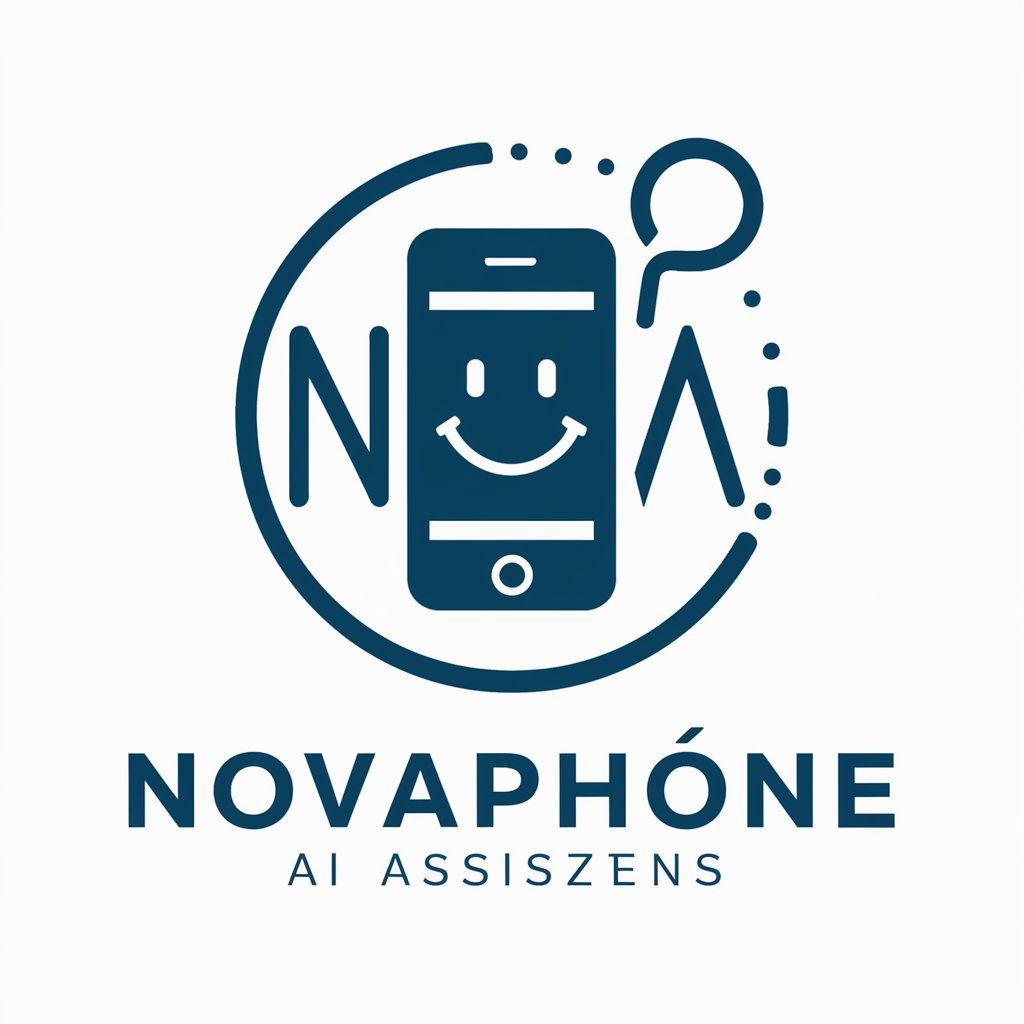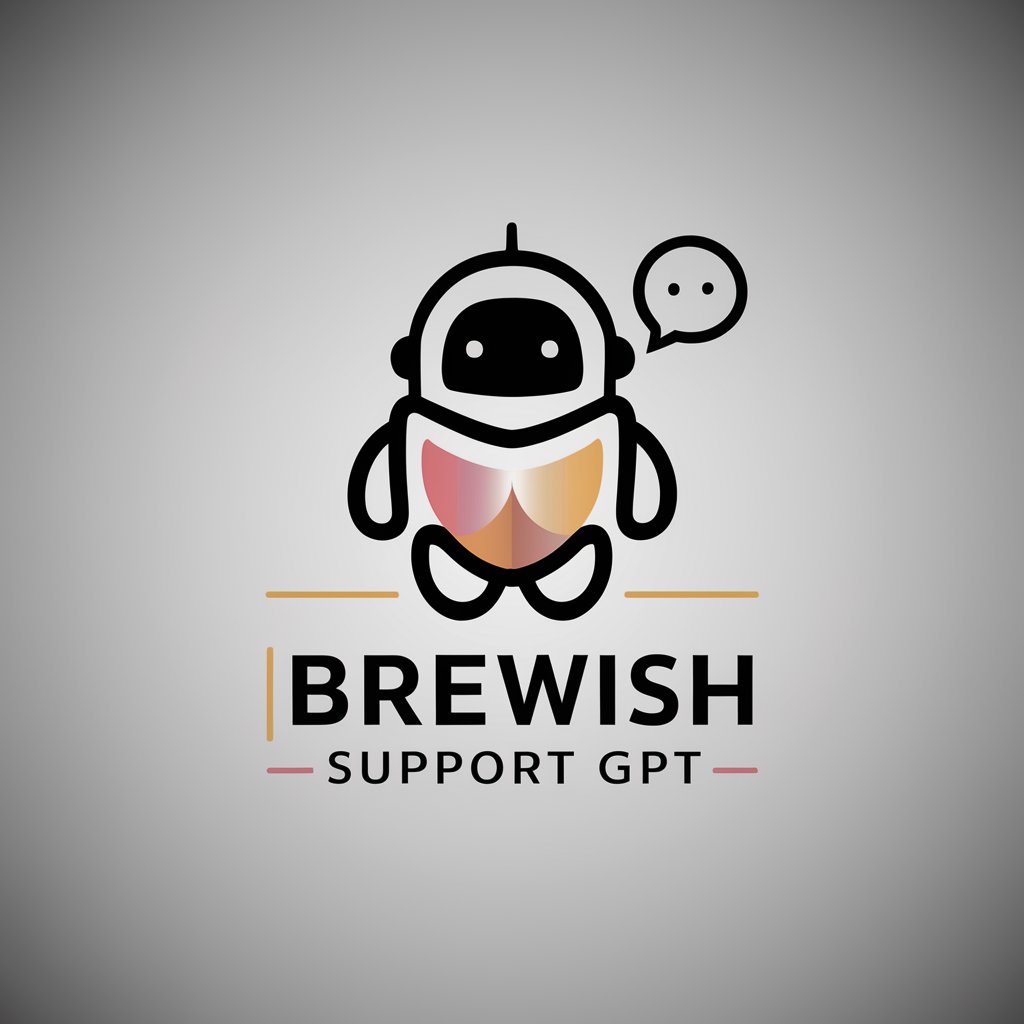Pareto Principle Optimizer - Pareto Analysis Tool

Welcome! Let's simplify complex ideas together.
Maximize impact with AI-driven Pareto analysis.
Can you explain the core concept of...
What are the most impactful factors in...
How does the 80-20 rule apply to...
What key insights should I focus on when...
Get Embed Code
Understanding the Pareto Principle Optimizer
The Pareto Principle Optimizer, inspired by the 80-20 rule, is designed to streamline decision-making and analysis across various domains by focusing on the most impactful 20% of factors that typically lead to 80% of results. This principle, originally observed by Vilfredo Pareto regarding wealth distribution, has been widely applied in business, economics, software development, and more. The core purpose of the Pareto Principle Optimizer is to identify and prioritize these key factors to improve efficiency and effectiveness. For example, in business, it could mean focusing on the top 20% of customers who generate 80% of sales, or in project management, addressing the 20% of defects that cause 80% of the problems. Powered by ChatGPT-4o。

Core Functions of the Pareto Principle Optimizer
Efficiency Analysis
Example
In a sales team, using the optimizer to analyze customer data and identify the top 20% of clients contributing to the majority of revenue. This allows the team to tailor strategies towards these clients for retention and upselling.
Scenario
Real-world application in sales and marketing strategies, enabling businesses to allocate resources more effectively.
Resource Allocation
Example
A project manager applies the optimizer to identify critical project tasks that will deliver the most significant impact. By focusing efforts on these tasks, the project can be completed more efficiently, ensuring on-time delivery.
Scenario
Project management, where prioritizing tasks based on their impact can significantly enhance project outcomes.
Problem Solving
Example
In software development, applying the optimizer to bug tracking to focus on fixing the 20% of bugs causing 80% of the system's issues. This approach significantly improves system stability with minimal effort.
Scenario
Software development, particularly in quality assurance and system optimization.
Target Users of the Pareto Principle Optimizer
Business Executives and Managers
This group benefits from the optimizer by identifying key areas of operation that generate the most revenue or require improvement, enabling strategic decision-making and resource allocation.
Project Managers and Team Leaders
These users can apply the optimizer to project planning and execution, ensuring that efforts are concentrated on tasks that significantly impact project success and efficiency.
Data Analysts and Researchers
They leverage the optimizer for data analysis and research, focusing on the most significant data sets or factors that provide the deepest insights or predictive power for their studies or projects.

How to Use Pareto Principle Optimizer
Start Your Trial
Begin by accessing yeschat.ai for an immediate trial, bypassing the need for login or ChatGPT Plus.
Identify Your Goal
Clearly define your objective or the problem you're addressing. This could range from improving productivity to enhancing learning efficiency.
Select Your Scenario
Choose the specific scenario or context where you want to apply the Pareto Principle. This ensures the optimizer is tailored to your needs.
Input Relevant Data
Provide specific details or data related to your scenario. The optimizer uses this to identify the critical 20% that will generate 80% of your results.
Analyze and Apply
Review the optimizer's feedback and apply the suggested strategies or focus areas to achieve your goal efficiently.
Try other advanced and practical GPTs
Vitality Mentor
Personalized Nutrition, Powered by AI

Sports AI
AI-driven insights for sports enthusiasts

Wized API Migrator
Streamline Your Code with AI-Powered Migration

Novaphone AI Asszisztens
Empowering efficiency with AI

C Suite Advisor
Empowering Leaders with AI-Powered Insights

Currency Conversion Bot
Instant, AI-Powered Currency Conversion

SOcial Scribe
Crafting Engaging Social Content with AI

Structural Sentinel
AI-powered Structural Integrity Insights

问卷设计大师
Craft Surveys Smartly with AI

My GPT StoryTeller
Bringing stories to life with AI

Brewish Support GPT
Empowering support with AI assistance

Global StudyAbroad GPT
AI-powered study abroad guidance

Pareto Principle Optimizer FAQs
What is the Pareto Principle Optimizer?
It's a tool designed to apply the Pareto Principle, or the 80/20 rule, to various scenarios, helping users focus on the most impactful 20% of efforts that contribute to 80% of the results.
Can the optimizer be used for personal goals?
Absolutely. Whether you're aiming to improve personal productivity, manage time better, or optimize learning strategies, the optimizer can tailor suggestions to your personal objectives.
Is technical knowledge required to use this tool?
No, it's designed with a user-friendly interface that requires no prior technical knowledge. Users can easily input their data and receive actionable insights.
How does the optimizer handle different data types?
It's equipped to analyze both qualitative and quantitative data, offering flexibility across various scenarios and ensuring relevant strategies are provided.
Can businesses use this tool for optimization?
Definitely. Businesses can leverage the tool for a range of applications, from streamlining operations to enhancing marketing strategies, focusing on the most impactful areas.
